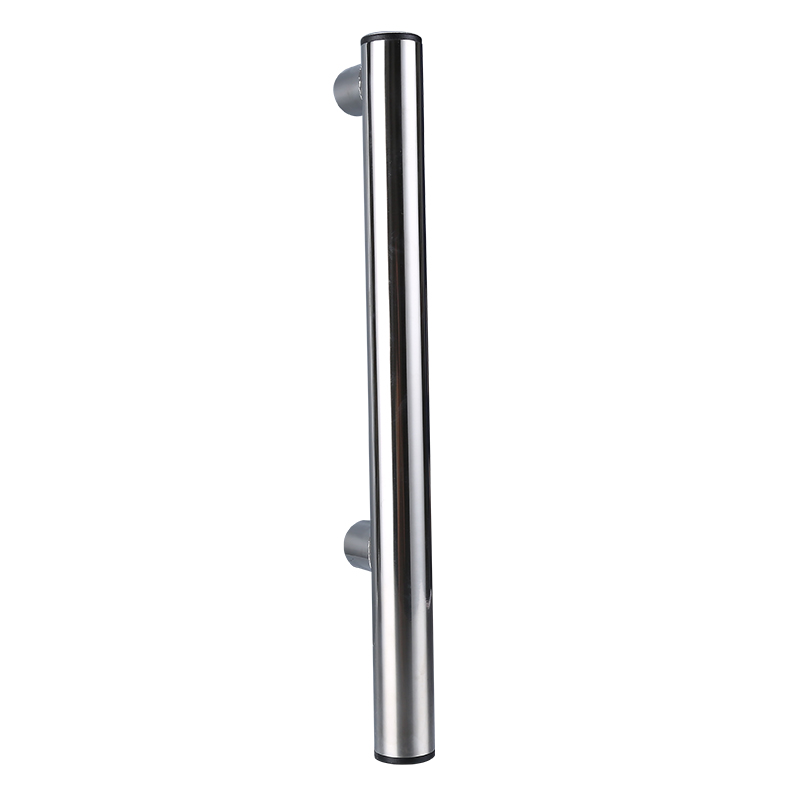According to the chemical composition of refrigerants, refrigerants can be divided into four types: inorganic compounds, halogen compounds (Freon), hydrocarbons and azeotropes.
(1) Inorganic compound refrigerants Inorganic compound refrigerants were used earlier, and were gradually replaced by Freon refrigerants, but ammonia and water were still used as refrigerants in the air-conditioning refrigeration industry.
(2) Halogen compound refrigerants (Freon refrigerants) Freon (transliteration of English Freon) is the most commonly used refrigerant in medium and small air conditioners, food refrigeration and household refrigerators, and it is also the refrigerant with the least harm to human body. The most commonly used Freon refrigerants are R22, R134a and R13.
(3) Hydrocarbon refrigerants Hydrocarbon refrigerants are mainly used as refrigerants in industrial refrigeration devices.
(4) Azeotropic mixture refrigerant Azeotropic mixture refrigerant is composed of two or more eutectic refrigerants mixed in a certain proportion at room temperature. The properties of OEM Kitchen Table Equipment Leg the mixture are the same as those of the pure refrigerant, with relatively fixed evaporating and condensing temperatures. Commonly used are R502, R503 and so on.
According to the temperature range used by the refrigerant, it can be divided into three categories: high temperature, medium temperature and low temperature.
High temperature refrigerant is also called low pressure refrigerant. Its evaporation temperature is higher than 0 ℃, and its condensing pressure is lower than 0.3MPa, such as R21, etc., suitable for air conditioning systems of centrifugal compressors.
Medium temperature refrigerants are also called medium pressure refrigerants. The evaporation temperature is -50~0℃, and the condensation pressure is 1.5~2.0MPa, such as R22, R502, etc. It has a wide range of applications and is suitable for refrigeration devices such as refrigerators with piston compressors, small refrigerators in canteens, refrigeration systems for air conditioners, and large refrigerators.
Low temperature refrigerant is also called high pressure refrigerant. Its evaporating temperature is lower than -50℃, and its condensing pressure is 2.0~4.0MPa, such as R13, R14, etc. It is mainly used in low-temperature refrigeration equipment, such as cascade low-temperature refrigeration equipment.
When do air conditioners need fluoride? Is it necessary to add fluoride to the air conditioner when there is insufficient cooling and heat? When it comes to fluoridation of air conditioners, many friends always have a series of questions, and when do air conditioners need fluoridation? For this professional question, we consulted a senior expert to see how he could answer it for us.
In fact, in many cases, the heating or heating of the air conditioner is not strong enough. When the situation is insufficient, we still first consider whether the air conditioner is faulty or caused by wrong operation, and the air conditioner will often encounter the failure of fluorine leakage, so blindly add the air conditioner to the air conditioner. This behavior of fluorine is not desirable.
So when do air conditioners need to be fluoridated? Today, I will give you a simple explanation.
When do air conditioners need fluoride?
1. Used for more than 5 years;
2. Repeated relocation (part of freon will be consumed when the air conditioner is relocated to empty);
3. In summer, the exposed part of the thick pipe at the connection point of the outdoor unit (ie, the low-pressure pipe) does not condense or cool;
4. The exhaust air of the outdoor fan is not hot in summer;
5. In summer, the return air pressure (thick pipe) is lower than 0.4 MPa;
6. The running current of the compressor is less than the normal value marked on the nameplate;
7. The high-pressure pipes (thin tubes) are frosted in summer;
8. In summer, the internal unit of the air conditioner freezes or blows fog (sometimes accompanied by water leakage from the internal unit).



 English
English  中文简体
中文简体











